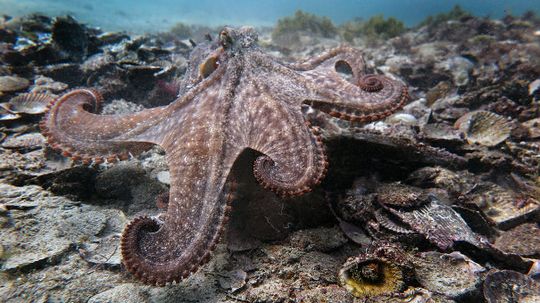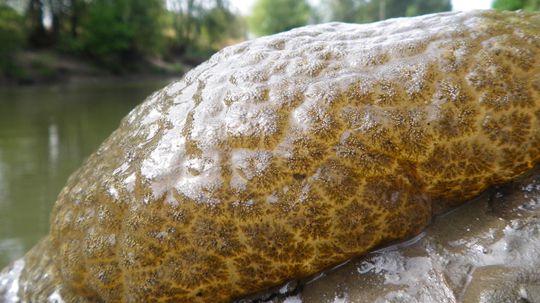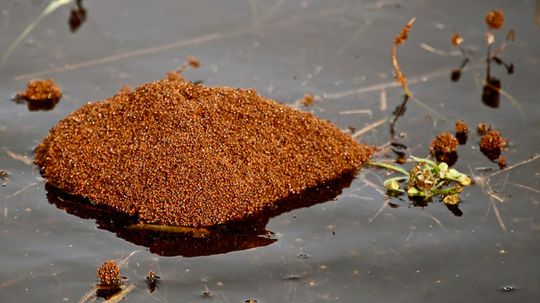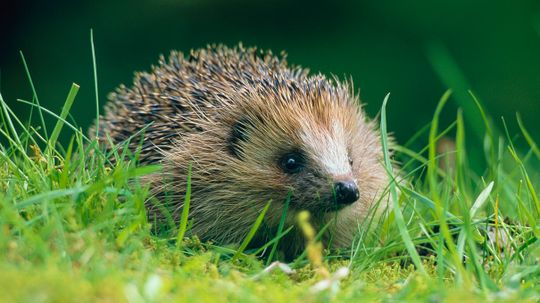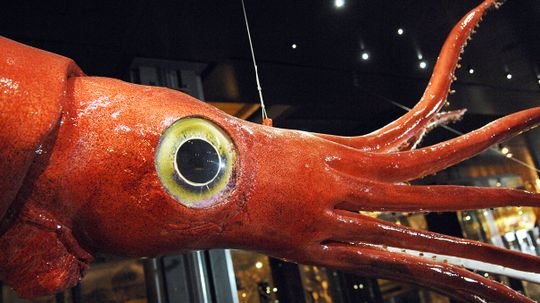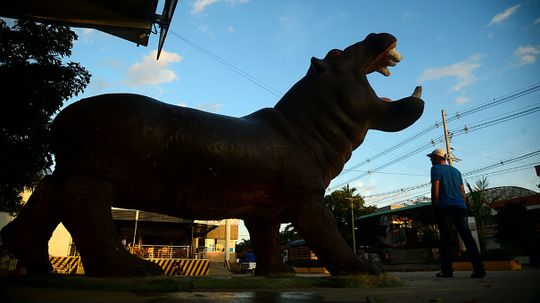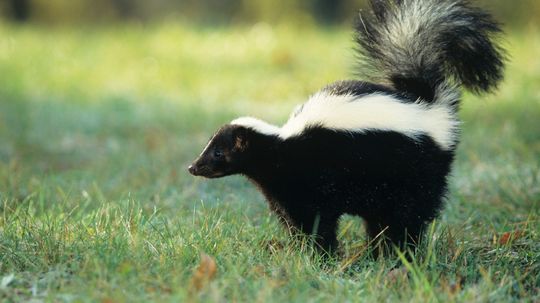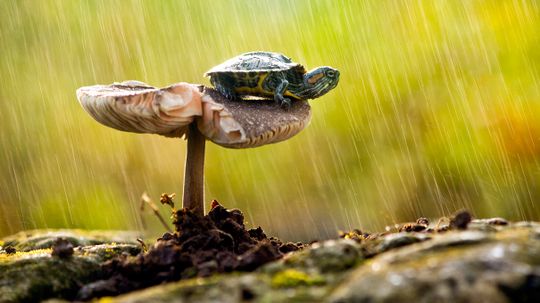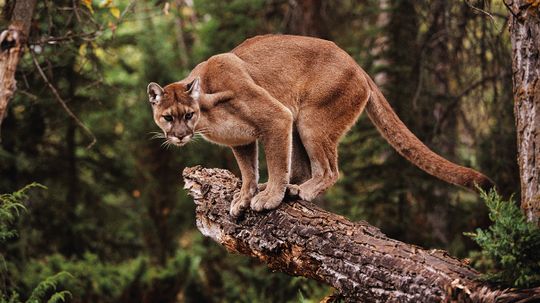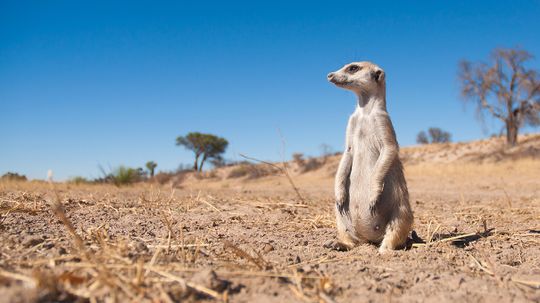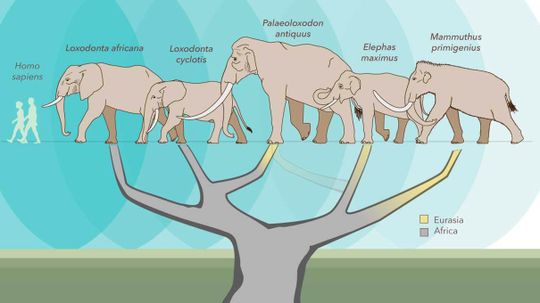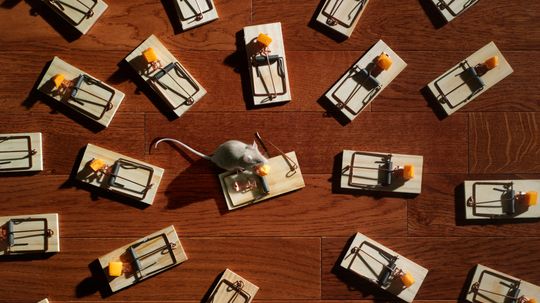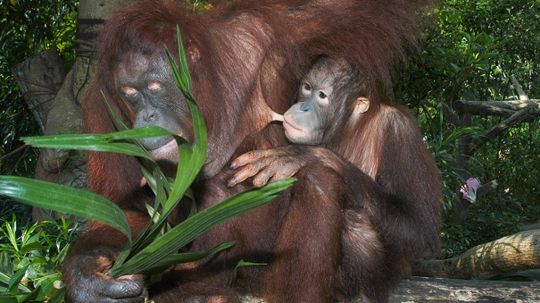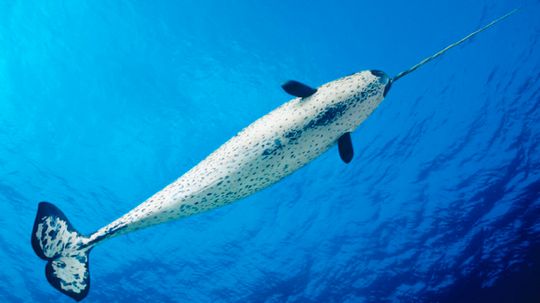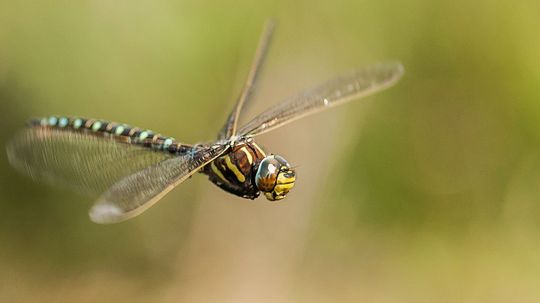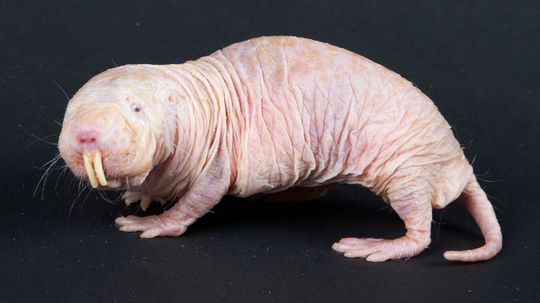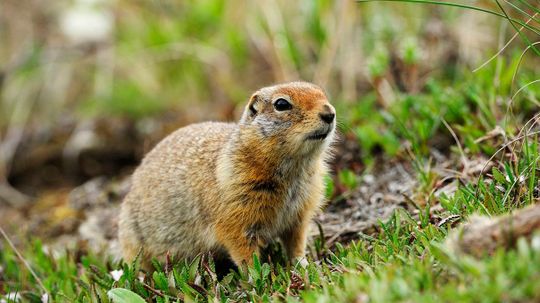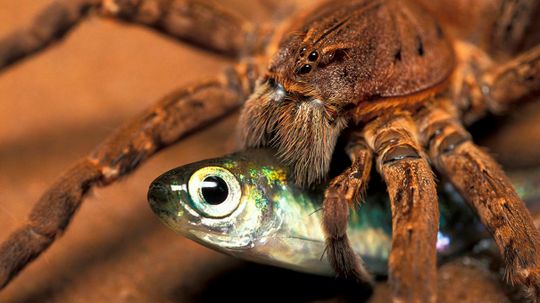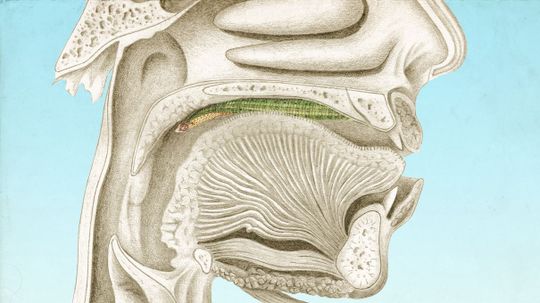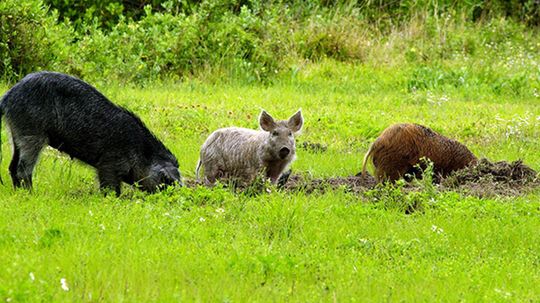Wild Animals
Whether they crawl, fly, swim, slither, walk, run or pounce, wild animals rely on their instincts. Read about all kinds of wild animals, mammals, birds, fish, insects, reptiles and amphibians.
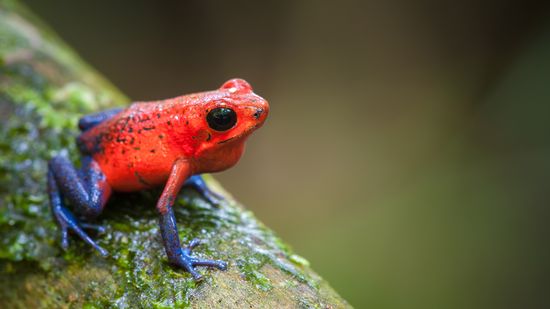
12 Colorful Frog Species: From Tie-dyed Designs to Rare Hues
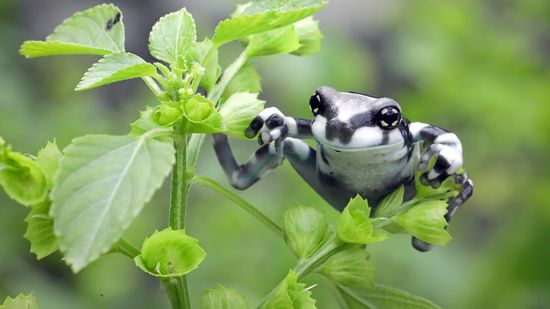
Amazon Milk Frog: Named for Its Defense, Not Its Color
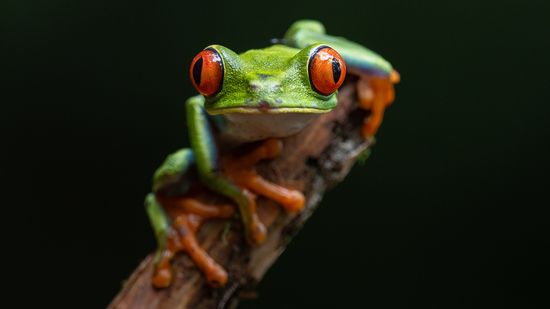
The Red-eyed Tree Frog Has Extremely Sensitive Skin
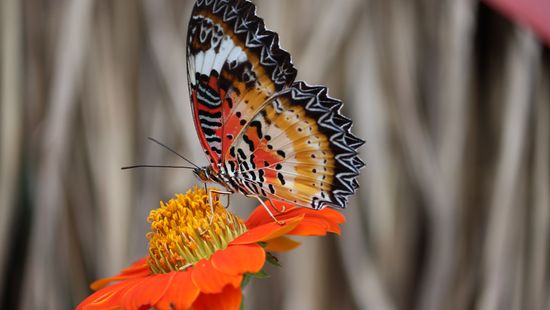
10 Red Butterfly Species Found From India to Florida to Europe
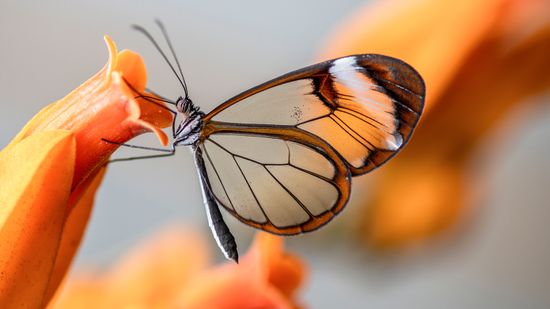
How the Glasswing Butterfly Flutters (Almost) Invisibly
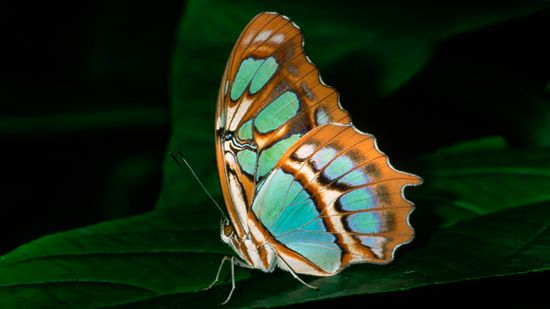
6 Green Butterfly Species Blending in With Their Environments
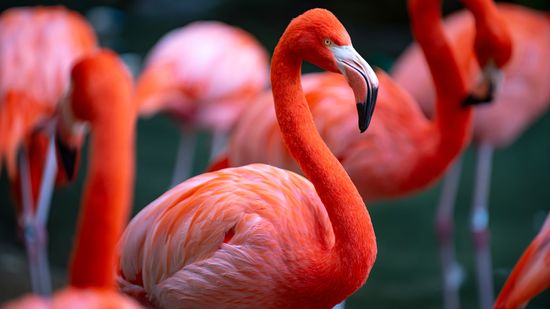
What Is a Group of Flamingos Called? Not a Flock, Another 'F' Word
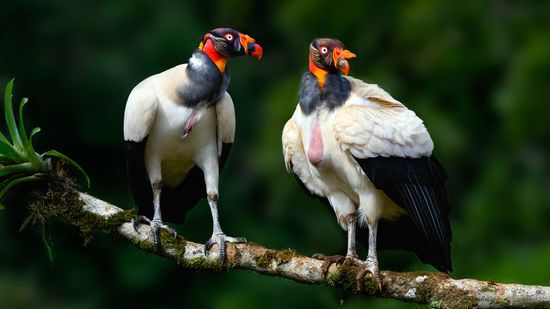
7 Ugliest Bird Species: Evolutionary Qualities That Aren't So Pretty
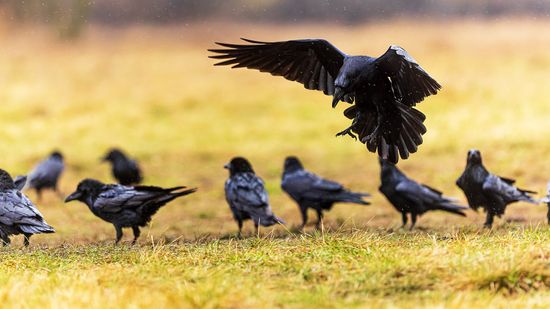
What's a Group of Ravens Called? Not a Murder (That's Crows)
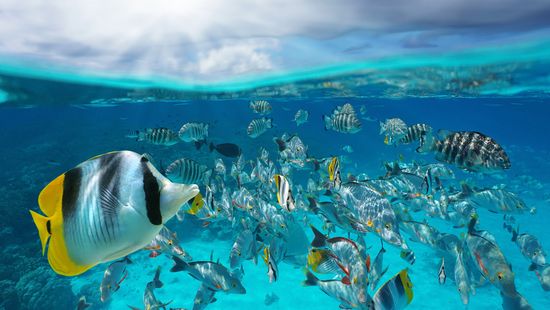
What Is a Group of Fish Called? Not Always a School
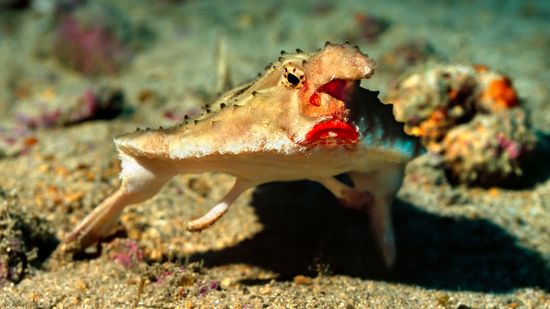
10 Weirdest Fish in the World: Batfish, Hairy Frogfish, and More
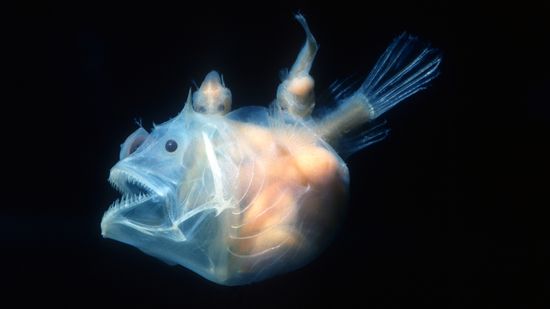
10 Scariest Fish Lurking in Rivers, Deep Ocean Waters, and Shells
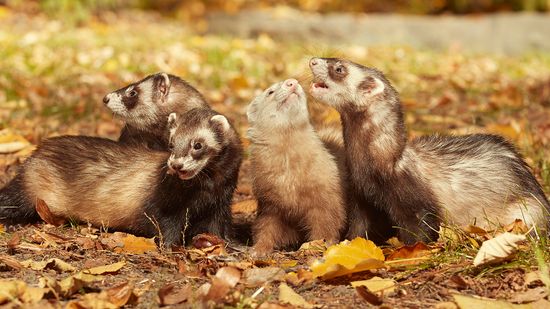
What Is a Group of Ferrets Called? You're Such a Busybody
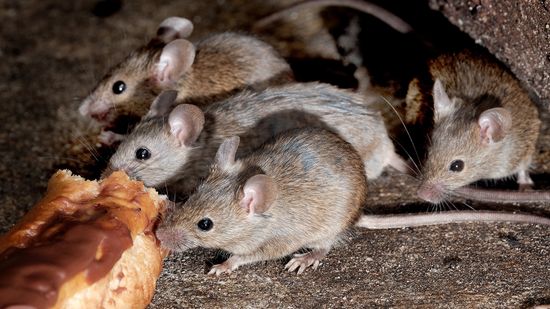
What Is a Group of Mice Called? Not Always a Colony
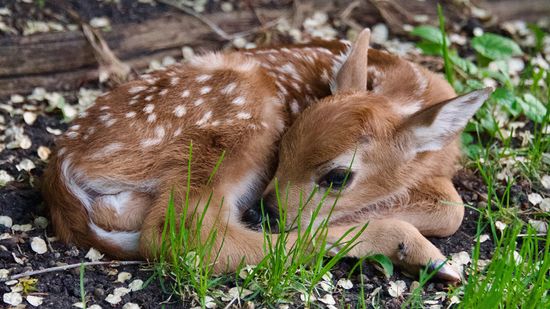
What Is a Baby Deer Called? (Aside From Adorable)
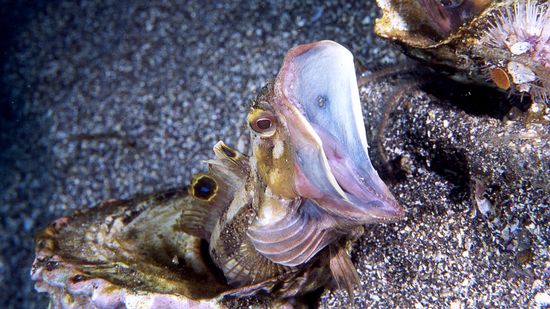
10 of the Scariest Sea Creatures Lurking in the Ocean's Depths
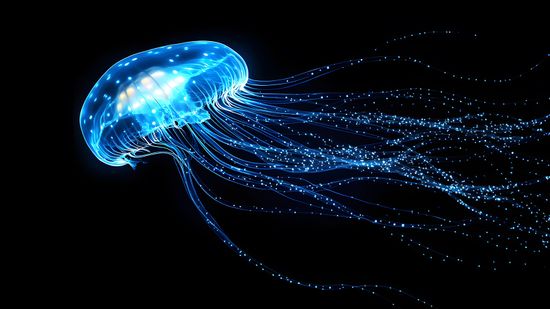
How Bioluminescent Jellyfish Get Their Signature Glow
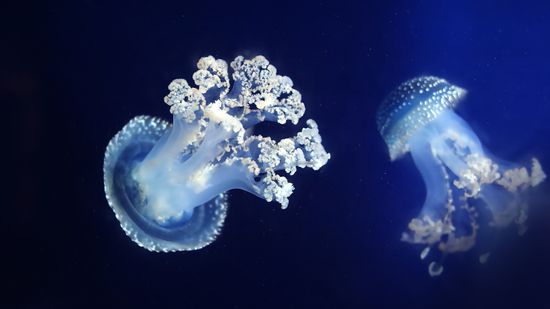
White Spotted Jellyfish: Cute Until They Become Invasive

10 Cutest Snake Species That Have Us Squeeing
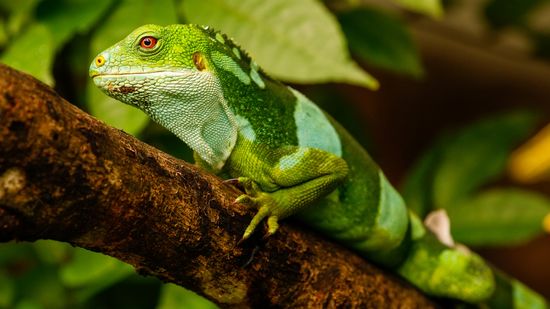
10 Colorful Lizards to Delight Reptile Lovers
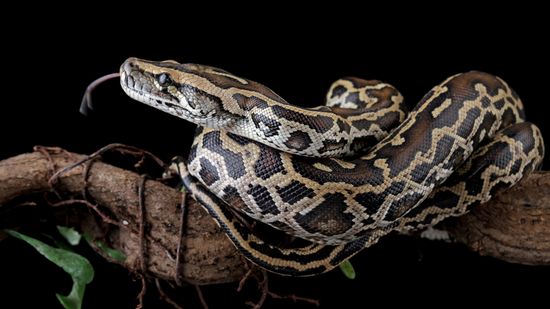
Python vs. Anaconda: Comparing Snakes and Software Languages
Learn More / Page 30
Researchers discover site of 15 gloomy octopus, a species that has previously been known for being reclusive.
The magnificent bryozoan is a colonial organism that lives in warm ponds and lakes usually east of the Mississippi River. So what's it doing in western Canada?
Entire colonies of half a million venomous ants are one scary threat following serious flooding.
Advertisement
Due to a quirk in their anatomy, injured hedgehogs can experience skin inflating to the size of a basketball, which can be a painful and life-threatening development.
How giant squid process visual information has long been a mystery, but a new study finds their visual processing is surprisingly uncomplicated.
Thanks to the excesses of narcoterrorist Pablo Escobar, Colombian waterways now house a population of these invasive African giants.
Sure, these mammals may be cute and cuddly. But that doesn't mean their bite can't pack a punch.
Advertisement
Eating wild turtles may sound like an easy catch for survival, but it's a bad idea for several reasons.
By frightening top predators, the fear of humans may be distorting ecosystem processes even more than previously imagined.
A new scientific study reveals that the smells unique to meerkat communities aren't produced by the meerkats themselves.
By Chris Opfer
Part of the fun is trying to finagle a spot at the Great Smoky Mountains National Park viewing site in late spring.
By John Donovan
Advertisement
A new genetic analysis clarifies the evolutionary relationships between five modern and extinct elephant species.
Despite our best efforts at eradicating them, rats keep outsmarting us. Here's how.
We've learned that young orangutans nurse for much longer than any other mammal, knowledge which could help conservation efforts.
It's the first evidence researchers have of the whales using their "unicorn horns" to capture prey.
Advertisement
The secrets to ladybugs' wing-folding could yield new designs in flying robots and even newfangled umbrellas.
By Amanda Onion
For one species of dragonfly, the hassle of dealing with aggressive suitors is worth playing possum over.
Deprived of oxygen, naked mole rats can alter their metabolic functions to something less mammalian and more plantlike, burning fructose instead of glucose.
It's like the movie "Groundhog Day" every April, but with hibernation, a smaller rodent and way more hormones.
Advertisement
Spiders not only eat more meat than humans every year, they also spend a lot of time getting eaten themselves.
Rhino herds defecate in giant, shared dung piles called midden, then they stick their noses in the stuff. Here's why.
It's not easy being a starfish larva. Fortunately, the tiny creatures have an efficient way to get food and swim away.
By Alia Hoyt
It sounds crazy, but it's happened before, and it'll probably happen again.
Advertisement
The feral pig population in the U.S. is a growing issue in nearly 40 states. The USDA hopes to wipe out the billion-dollar problem within a decade.
New fossil analysis details a microscopic organism from 540 million years ago that just might be a precursor to every vertebrate on the planet.
